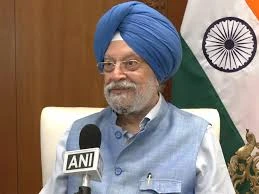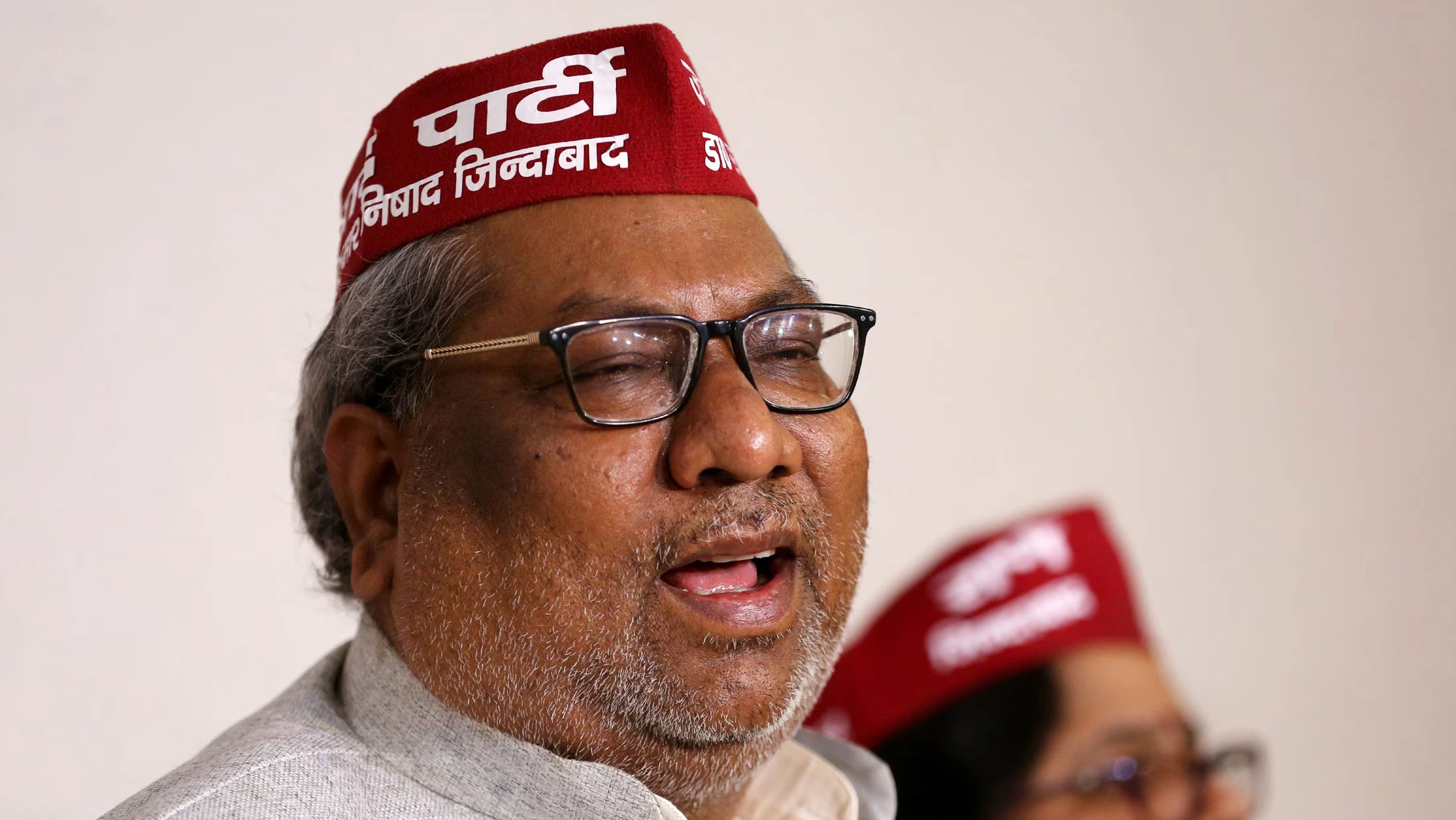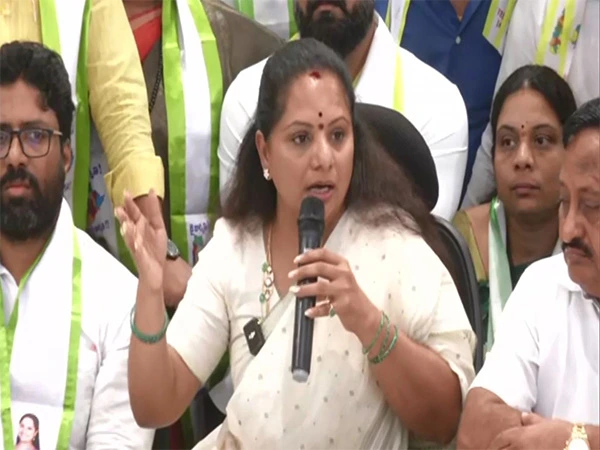22-SEP-2025, 12:00 PM Union Minister Hardeep Singh Puri has underlined the transformative potential of further Goods and Services Tax (GST) reforms, stating that such measures could raise India’s Gross Domestic Product (GDP) by nearly 0.8 per cent. Addressing a public forum on economic growth and fiscal policies, Puri highlighted that rationalizing tax slabs, minimizing compliance burdens, and ensuring a more predictable tax regime would benefit industries, traders, and consumers alike. The minister’s remarks have drawn attention to the importance of GST reforms in propelling India towards a $5 trillion economy, strengthening the government’s long-term vision of inclusive and sustainable growth.
Hardeep Singh Puri: Linking GST to National Growth
GST as a Catalyst for Economic Development
According to Hardeep Singh Puri, the introduction of GST in 2017 was one of the most ambitious reforms in India’s taxation history. By merging multiple indirect taxes into a unified system, GST simplified business operations and created a common national market. However, Puri stressed that the journey is still ongoing, and the next wave of reforms could unlock new opportunities for growth.
He observed that rationalizing GST slabs, especially for essential goods and services, would encourage consumption and reduce inflationary pressures. Additionally, simplifying compliance processes for small and medium enterprises (SMEs) would promote entrepreneurship and employment generation.
How GST Reforms Can Boost GDP
Structural Impact of Rationalization
As Hardeep Singh Puri explained, rationalizing GST into fewer tax slabs would reduce ambiguities and improve tax predictability. Currently, businesses often struggle with frequent changes in GST rates. A more stable system would enhance investor confidence, attract foreign direct investment (FDI), and make India more competitive globally.
Revenue Growth and Government Spending
Another crucial aspect highlighted by Puri is that GST reforms would likely lead to improved tax collections. With greater compliance and reduced tax evasion, the government could mobilize additional resources. These revenues could then be directed toward infrastructure development, social welfare programs, and employment initiatives—directly contributing to GDP growth.
Hardeep Singh Puri on India’s Vision of $5 Trillion Economy
The Role of Taxation in Development
In his address, Hardeep Singh Puri reiterated that taxation policies are the backbone of economic planning. GST, being a consumption-based tax, has the ability to bring transparency and widen the tax base. With India aiming to become a $5 trillion economy, strengthening GST reforms is a necessary step in achieving this target.
Reducing Regional Disparities
Puri also pointed out that GST reforms could help bridge regional economic disparities. By creating a seamless tax structure across states, industries can expand operations beyond regional boundaries without facing multiple tax barriers. This would lead to balanced growth and strengthen the cooperative federalism model.
Industry Reactions to Hardeep Singh Puri’s Remarks
Support from Business Leaders
Business leaders and trade associations have welcomed Hardeep Singh Puri’s statement. Many industrialists agree that rationalizing GST slabs and reducing compliance paperwork could lower costs





